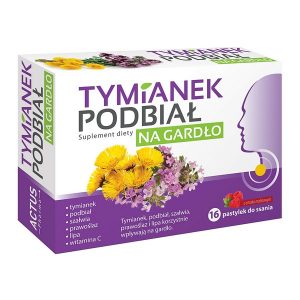The properties of Coltsfoot
Tussilago farfara, commonly known as coltsfoot is a plant in the groundsel tribe in the daisy family Asteraceae, native to Europe and parts of western and central Asia. The name “tussilago” is derived from the Latin tussis, meaning cough, and ago, meaning to cast or to act on.
Coltsfoot has been used in herbal medicine and has been consumed as a food product with some confectionery products, such as Coltsfoot Rock. Tussilago farfara leaves have been used in traditional Austrian medicine internally (as tea or syrup) or externally (directly applied) for treatment of disorders of the respiratory tract, skin, locomotor system, viral infections, flu, colds, fever, rheumatism and gout. An extract of the fresh leaves has also been used to make cough drops and hard candy.
Tussilago farfara contains tumorigenic pyrrolizidine alkaloids. Senecionine and senkirkine, present in coltsfoot, have the highest mutagenetic activity of any pyrrolozidine alkaloid, tested using Drosophila melanogaster to produce a comparative genotoxicity test.



































































